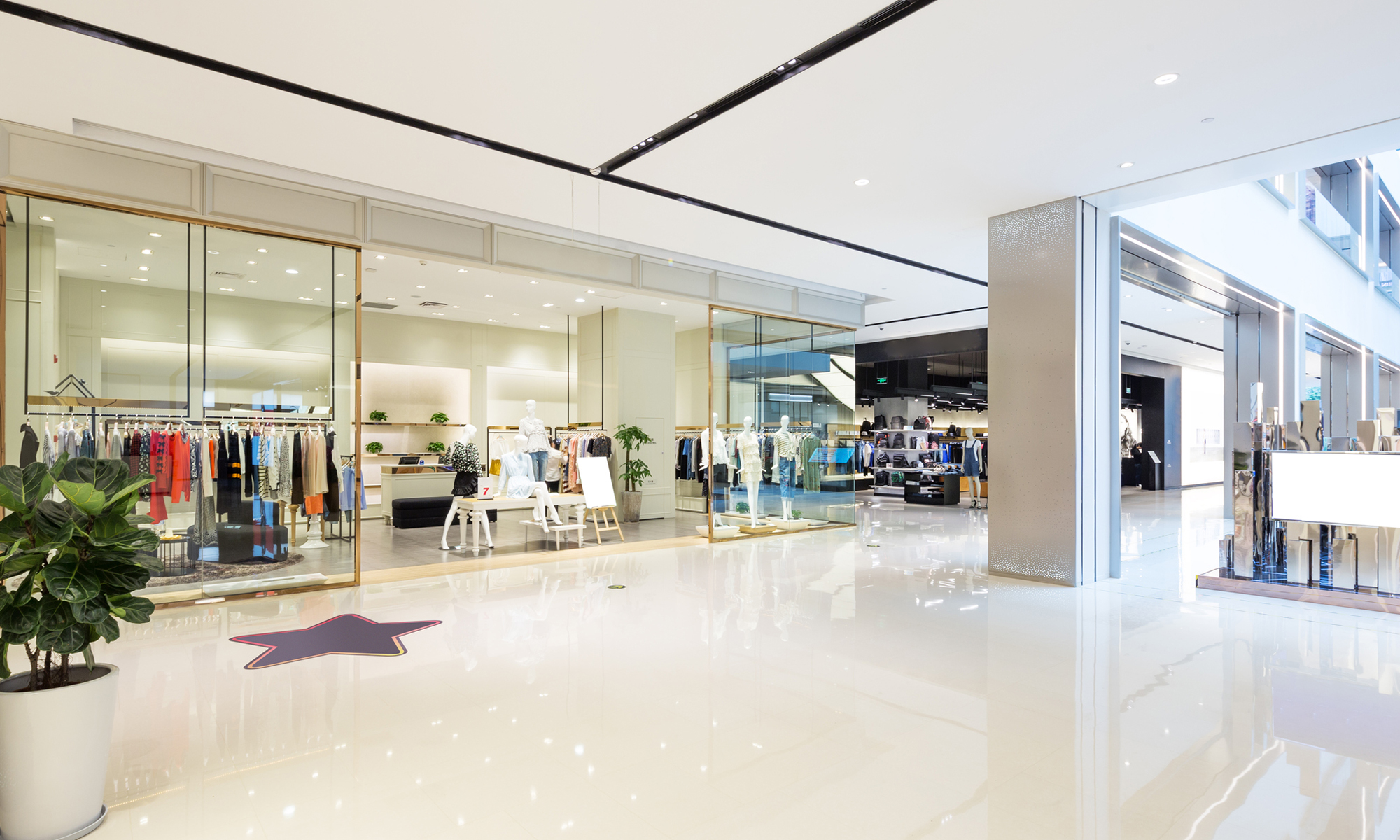By Ashley Barton
Consumer mislabeling class actions are no novelty in the California food industry, thanks to the state’s trio of consumer protection laws. Plaintiffs have their choice between California’s Consumer Legal Remedies Act (Cal. Civ. Code §§1750, et seq.), False Advertising Law (Cal. Bus. & Prof. Code §§17500, et seq.), and Unfair Competition Law (Cal. Bus. & Prof. Code §§17200, et seq.) when alleging that similarly situated buyers are misled by false advertising on a product’s label. The number of these suits specifically pertaining to flavoring of food and beverage products has risen dramatically in the last several years. Continue reading “Vanilla is the New Flavor of Food Mislabeling Class Actions”
